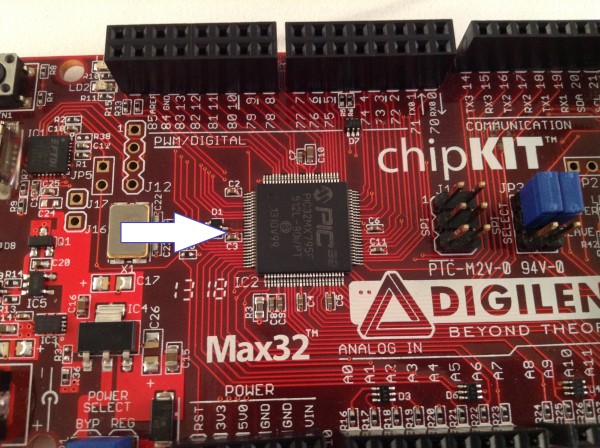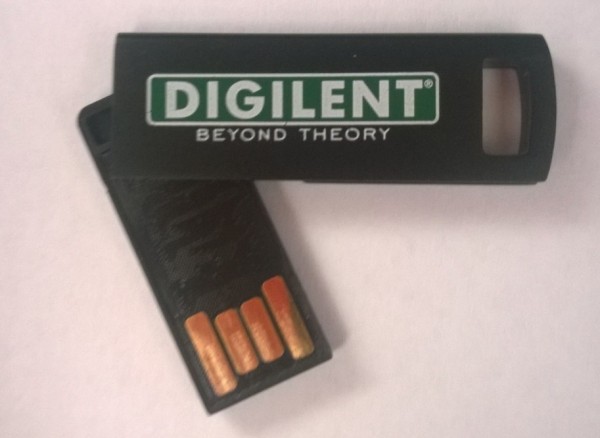If you check out most of our available boards on the website, you can see that in the details there is something along the lines of this:

We’re going to look specifically at the integrated circuit in the chipKIT MAX32.
Initially, I didn’t really know what any of this meant, so I decided to do some research. Luckily, we can easily break the microchip down into sections using the bullet points.

80 Mhz 32-bit MIPS:
We can break this down into two parts — 80 Mhz and 32-bit MIPS. 80 Mhz is 80 million clock cycles per second (Hz), and 32-bit MIPS is an acronym for microprocessor without interlocked pipeline stages with a 32-bit architecture. There is a great page about MIPS here. 32-bit architecture talks about how many registers the chip uses, and MIPS is the instruction set the chip has. 80 Mhz 32-bit MIPS is basically saying that the microchip uses the 32-bit MIPS architecture at a speed of 80 million clock cycles per second.

512K Flash, 128K RAM:
Again, we can break this into two parts: 512k Flash and 128k RAM. Flash memory is non-volatile memory type and is the “main memory” if the integrated circuit on the MAX32. Non-volatile means that it doesn’t need power to keep its memory stored, so a flash drive (also non-volatile) can have no power running through it and not lose its memory. 512Kb of flash memory is saying that the integrated circuit has 512000 bytes of memory (their are 8 bits in a byte), this part is pretty simple. The RAM is where stuff gets a little more complicated.
RAM, or random access memory is unlike flash memory in that it is volatile, so when it loses power, all that information is gone. So why even use RAM then? Well, flash memory is (relatively) slow and if RAM didn’t exist, it would take a long time to do anything on a computer. RAM is where things are loaded onto when they’re being used, and they can then be accessed again quickly.
USB 2.0 OTG controller:
On-the-go controller means that the MAX32 can be connected to other USB capable devices and interact with them. The last three points in the list aren’t too crazy, and are more of just definitions.
10/100 Ethernet MAC:
10/100 is a Mbps rating, and MAC means media access control. This says that the microchip can be used at the 10 Mbps rating and the 100 Mbps rating, connected via Ethernet cable.
Dual CAN controllers
Controller area networks or (CAN) allows communication between microcontrollers and devices to communicate between each other without a host computer.
These all come from one little chip! When we look at all that information piece-by-piece, it seems a lot less scary!

